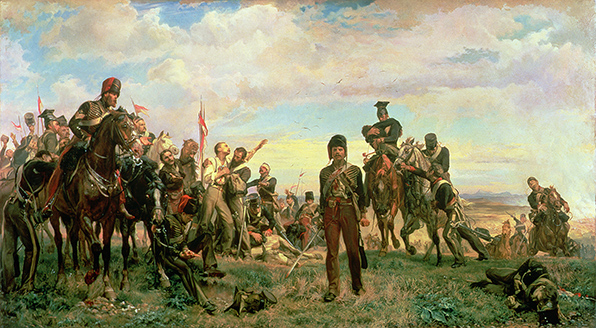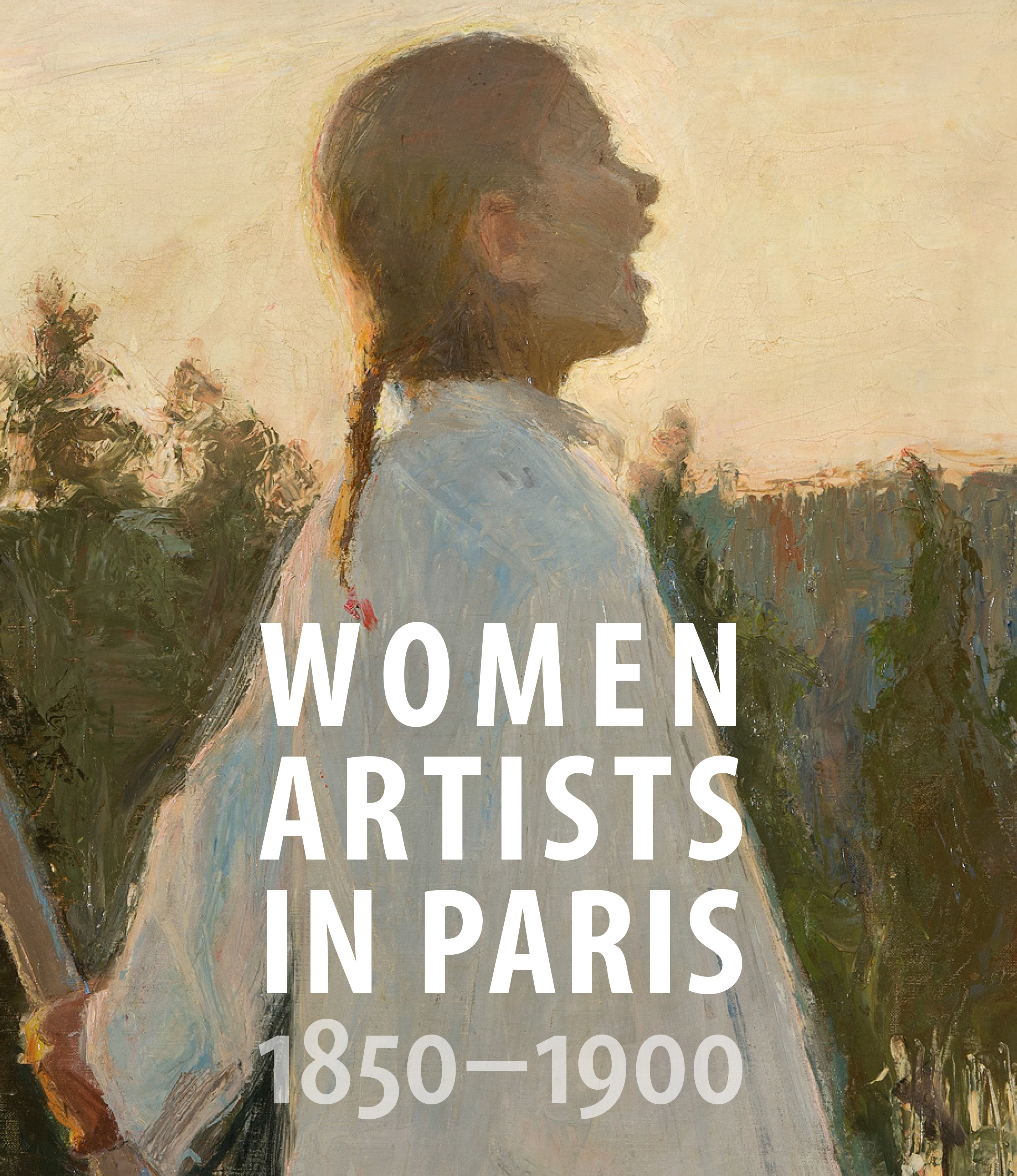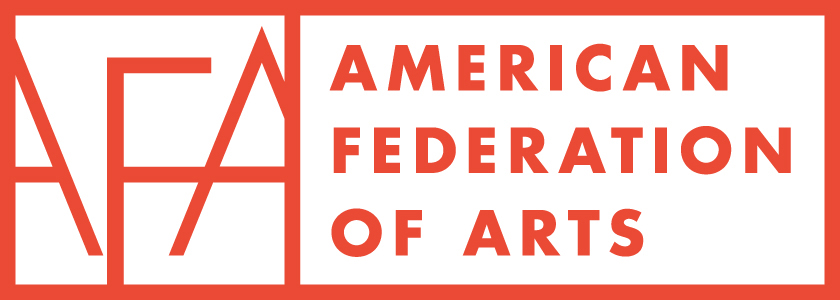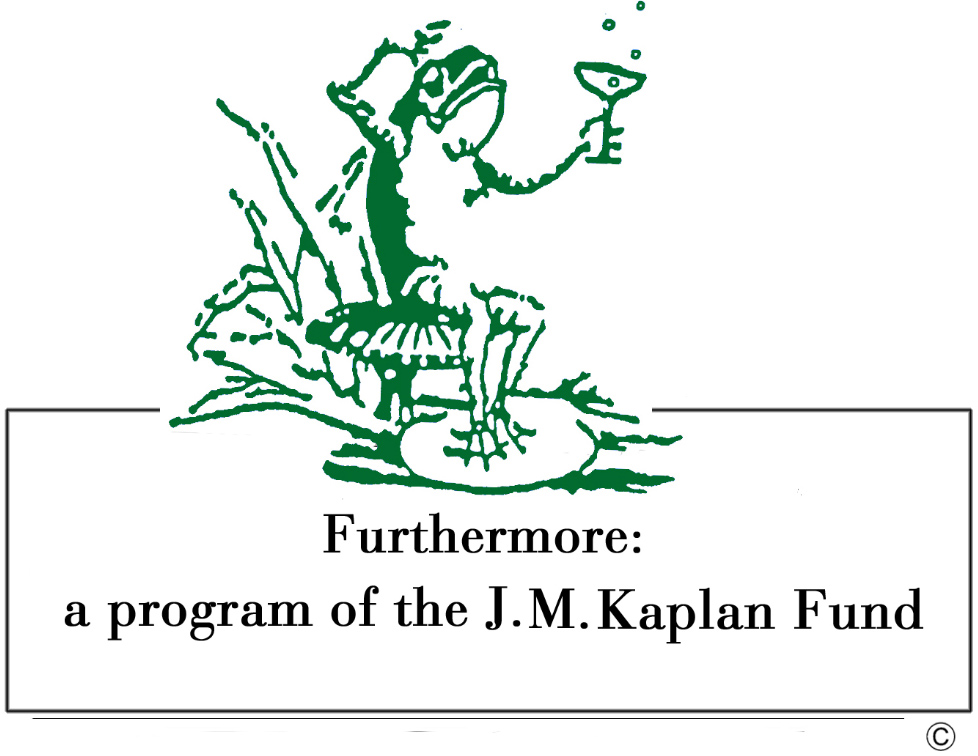
JUNE 9–SEPTEMBER 3, 2018
HISTORY PAINTING AND EVERYDAY HEROISM
Lady Elizabeth Butler (British, 1846–1933), Balaclava, 1876. Oil on canvas, 40 5/8 x 73 5/8 in. Manchester Art Gallery. Gift from Robert Whitehead, 1898, 1898.13. Courtesy American Federation of Arts
History painting—the genre devoted to mythology, religion, and epic narratives—was traditionally reserved for male artists. “Very few large works, no history paintings,” concluded a critic upon visiting the inaugural exhibition of the Union des Femmes Peintres et Sculpteurs. As women were often barred from drawing the nude model, many considered them ill-equipped to tackle such subjects, which demanded an understanding of human anatomy. Women painters in late nineteenth-century Paris faced a dilemma: Should they continue to avoid history painting altogether, or should they pursue it with caution, despite their male counterparts’ movement away from such heroic subject matter?
While progressive artists began to display their work in venues and exhibitions independent of the École des Beaux-Arts, some women still felt compelled to fight for official recognition within a Salon system that was crashing around them. As the Paris art world reeled from change and uncertainty, women painters—even more so than male artists who had either dictated the rules or cast them off decades earlier—had to choose autonomy and fidelity to their own artistic vision. The paintings on view in Women Artists in Paris highlight the artistic skill and bold creativity of women artists who found heroic subject matter in the everyday world around them. Careful observation, confident brushwork, and sizeable canvases served to elevate subjects including workers, military recruits, and Sunday churchgoers into monumental narratives worthy of reflection and admiration by fellow artists, critics, and the public that encountered them. In eschewing traditional history painting, these artists celebrated their time—one of change and promise.
A fully illustrated catalogue, Women Artists in Paris, 1850–1900, has been published by the American Federation of Arts and Yale University Press. Along with an art-historical overview by curator Laurence Madeline, the catalogue includes essays by Jane R. Becker, collections management associate, Metropolitan Museum of Art; Richard Kendall, former curator at large, Clark Art Institute; Bridget Alsdorf, associate professor, History of Art, Princeton University; and Vibeke Hansen, curator, Nasjonalmuseet, Oslo.






